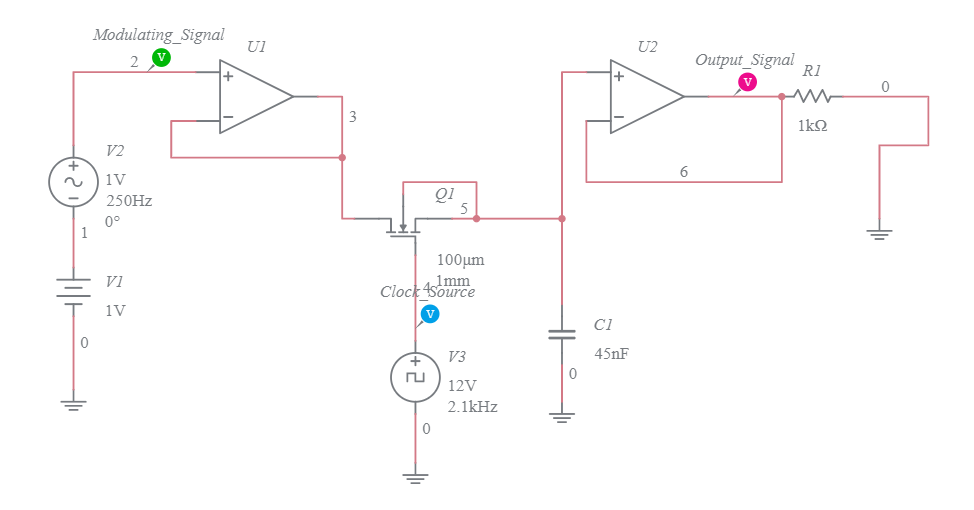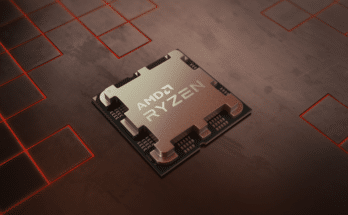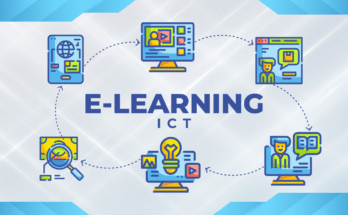With the ever-growing demand for higher educational qualifications, it is important to understand the differences between PCB and PCM. PCB stands for Physics, Chemistry, and Biology while PCM stands for Physics, Chemistry, and Maths. In this article, we are going to discuss the question: Is PCB easier than PCM? We will look at the different elements of each curriculum and compare them to determine which one is more accessible.
What Is The Difference Between PCB And PCM?
PCB (Printed Circuit Board) and PCM (Printed Circuit Matrices) are both types of electronic interconnection technologies, but they differ in their construction and intended use.
A PCB is a flat board made of non-conductive material (typically fiberglass or plastic) with conductive pathways etched onto its surface. These pathways are used to connect electronic components such as resistors, capacitors, and integrated circuits to the power source. PCBs are widely used in electronic devices such as computers, televisions, and smartphones.
In contrast, PCM is a three-dimensional matrix of interconnected conductive pads that are designed for use in electronic testing applications. PCM is typically made of a thin insulating layer (such as a polymer film) with conductive pads arranged in a grid pattern on both sides of the layer. When a probe is placed on a pad, it makes contact with the corresponding pad on the other side of the layer, allowing electrical signals to be sent through the matrix.
Pros And Cons Of PCB And PCM:
Printed Circuit Boards (PCBs) and Printed Circuit Modules (PCMs) are two popular choices for creating electronic circuits. Both technologies have their advantages and disadvantages, which makes it important to understand the pros and cons of each before deciding which one to use.
Pros and cons of PCB:

| Pros | Cons |
|---|---|
| Highly reliable and durable. | Can be expensive for small production runs. |
| Cost-effective for mass production. | Time-consuming to design and manufacture. |
| Compact and efficient, allowing for high-density designs. | Difficult to modify once manufactured. |
| Easy to repair and maintain. | Limited ability to change size and shape. |
| Allows for complex circuit designs. | Environmental concerns related to the disposal of PCBs. |
Pros and cons of PCM:

| Pros | Cons |
|---|---|
| Cost-effective for small production runs. | Not as durable or reliable as PCBs. |
| High level of accuracy and precision. | Limited to testing applications. |
| Can be easily modified and reconfigured. | Limited to low-voltage applications. |
| Ideal for testing and debugging electronic circuits. | Not suitable for high-density designs. |
| Small and lightweight, allowing for easy transport. | Can be time-consuming to set up for testing. |
Which Is Easiest In PCB And PCM?
When it comes to PCB and PCM, many people often wonder which of the two options is the easiest. While both technologies have their advantages and limitations, choosing between them can be challenging. In this article, we will compare PCB and PCM in terms of ease of use to help you make an informed decision.
Printed Circuit Board (PCB) technology has been around for quite some time now and has become a popular option for electronic design engineers. It offers excellent electrical performance, high reliability, easy maintenance, and low cost. However, designing a PCB requires technical expertise in circuit board layout software like Autodesk Eagle or Altium Designer. To make it easier for users to access these tools at discounted prices, Autodesk offers an Autodesk discount code that can be used at checkout when purchasing their products.
How Do PCB And PCM Work?
PCB and PCM are two types of computer-aided design software that have become essential tools in the world of electronic circuitry. PCB, or printed circuit board, is a software tool used to design and lay out electronic circuits on a physical board. This process involves designing the electrical connections between components using copper traces etched onto the board’s surface. PCM, or product data management, is another type of CAD software that manages product data throughout its lifecycle. It helps organize engineering designs, documents, and other related information.
The use of PCB and PCM has revolutionized the design process for electronic products by reducing costs and increasing efficiency. To create a PCB or PCM design, engineers use software tools like Autodesk Fusion 360. These tools allow them to create digital models of the circuit board or module with intricate details such as the placement of each component and its connections.
After designing the circuit model, they can then generate an output file that is used to create physical copies. With Fusion 360 Promotion Code, engineers can create complex circuit designs more quickly than ever before. The program allows users to manipulate 3D models of their designs in real time while ensuring accuracy with integrated simulation tools.
Exploring West Fargo’s Network Distribution Center Locations: Driving Connectivity and Efficiency
Conclusion
In conclusion, both PCM and PCB have their advantages and disadvantages. PCB is a more specialized technology that can increase capacity, but it requires a lot of understanding of the technology to implement it effectively. PCM is easier to use but has a lower storage capacity than PCB. In the end, the choice between using PCM or PCB depends on what your specific needs are. Before selecting a choice, it’s crucial to carefully consider all of your possibilities.


